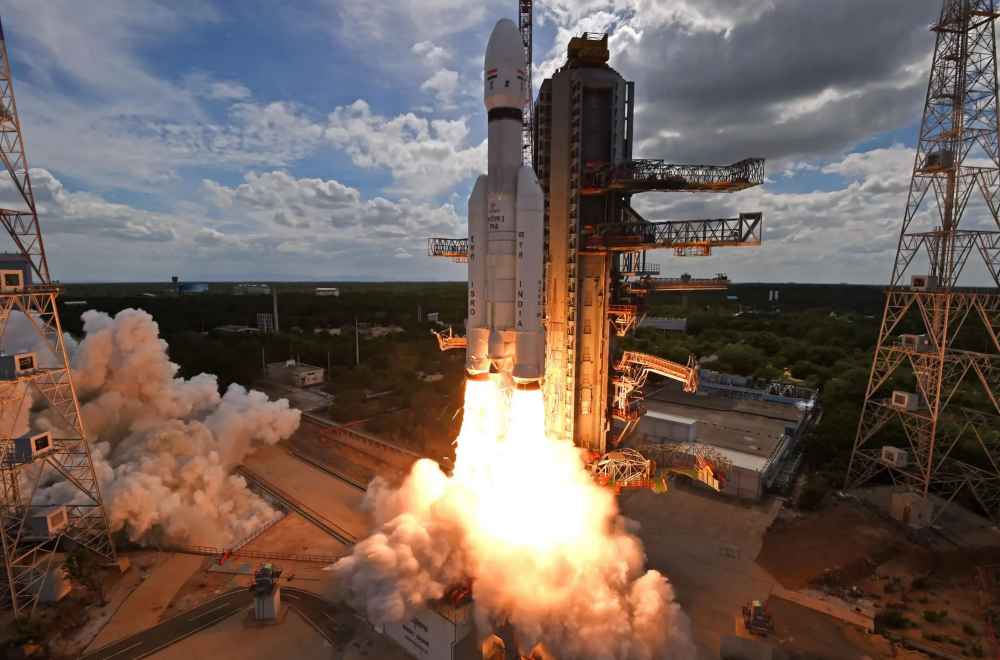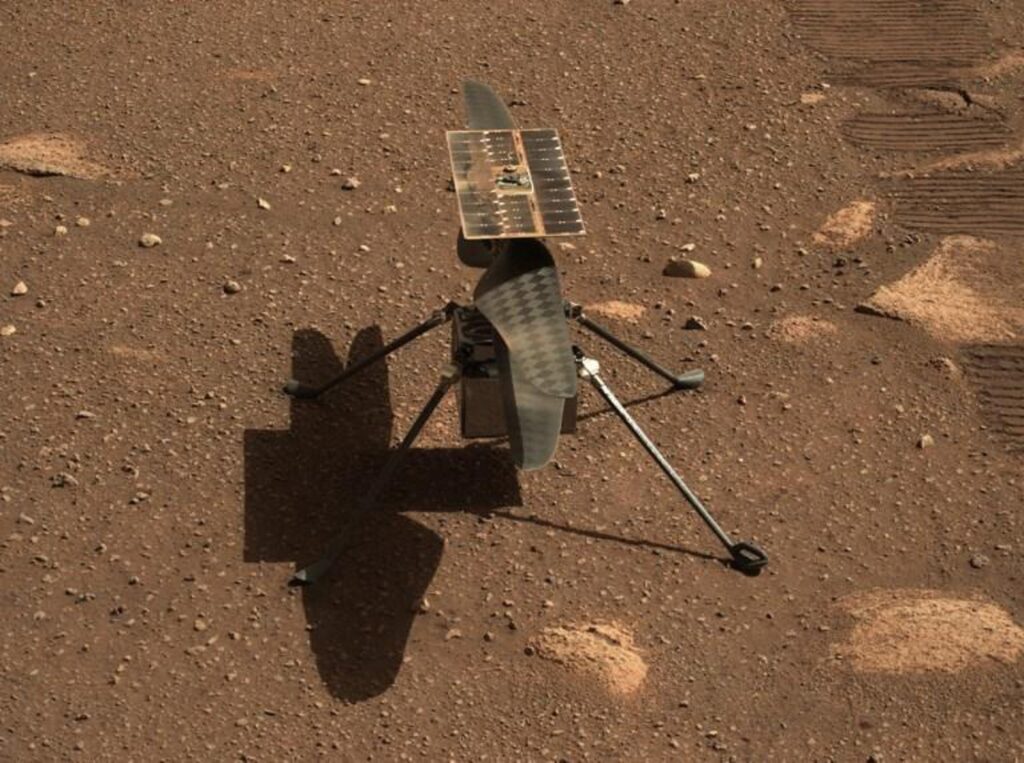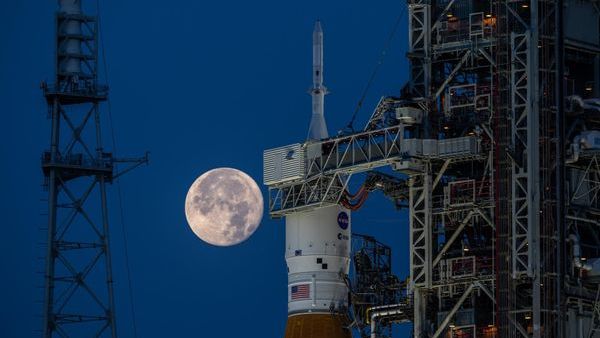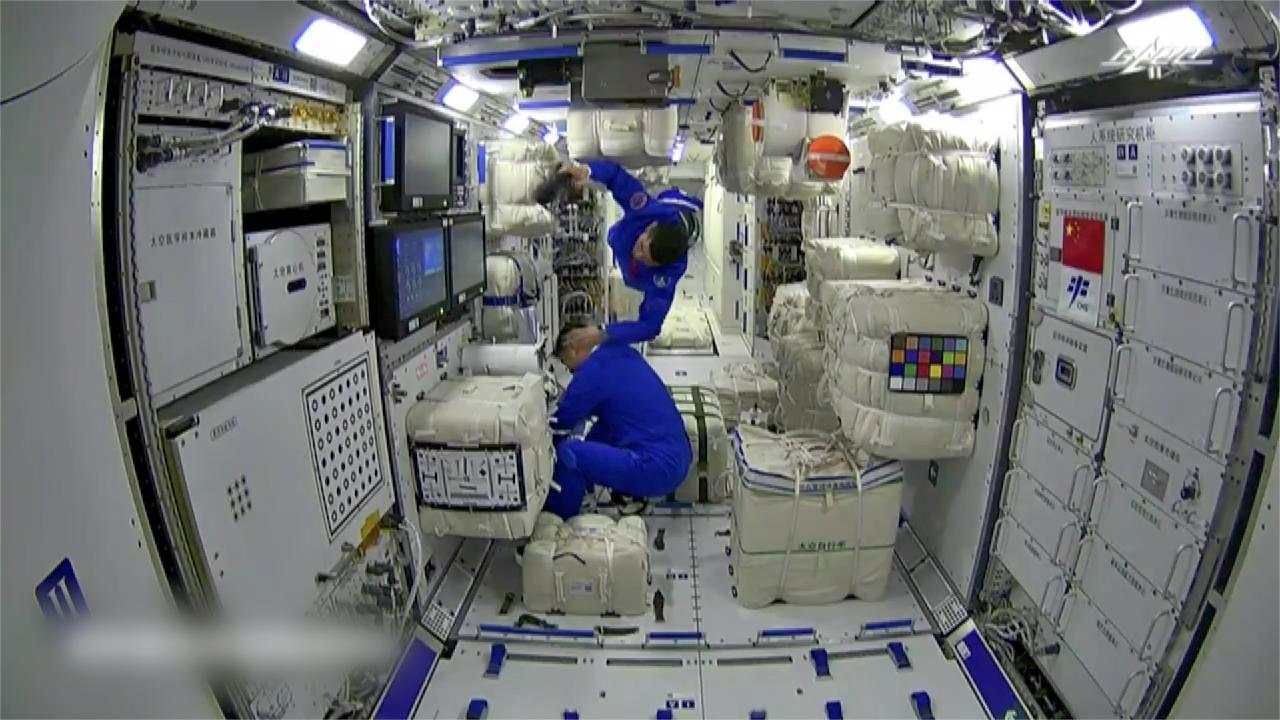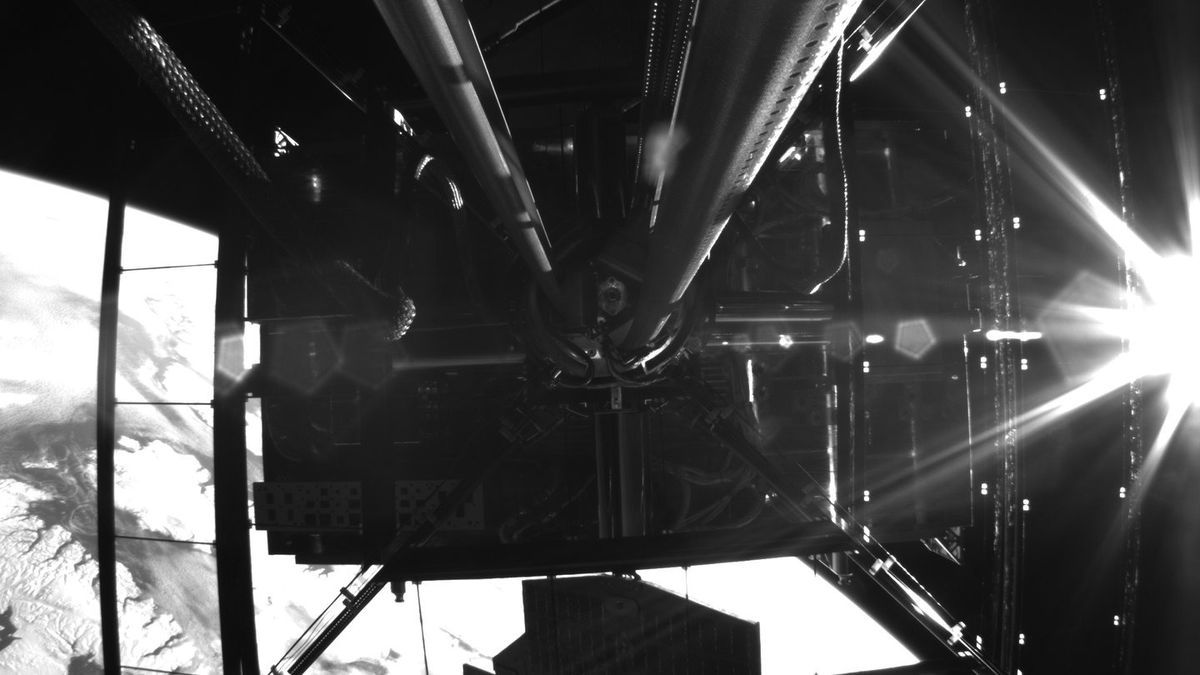This achievement marks the Indian Space Research Organisation’s first successful moon landing and the world’s first triumph in the challenging southern lunar region.
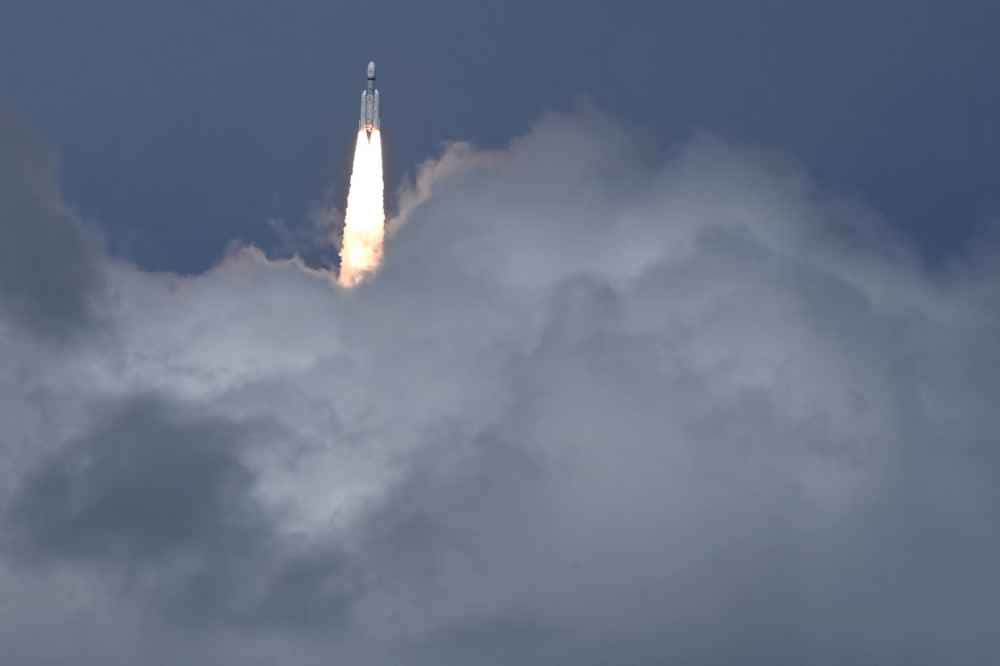
The Indian Space Research Organisation (ISRO) has achieved a significant milestone with the successful completion of the primary mission goals of Chandrayaan-3, India’s lunar rover and lander duo
The mission’s primary focus was exploring the moon’s south pole, where potential deposits of frozen water are believed to exist within permanently shadowed craters.
On September 2nd, the Indian Space Research Organisation (ISRO) announced that the Pragyan rover, part of Chandrayaan-3, had completed its assigned tasks and was placed in “sleep mode” with its scientific instruments powered off. The rover’s battery is fully charged, and it awaits the next lunar sunrise, expected on September 22, 2023, with its solar panel positioned to capture the light. Following suit, the Vikram lander, which delivered Pragyan to the lunar surface and conducted its scientific investigations, also entered sleep mode on September 4.
Indian Space Research Organisation (ISRO) expressed hope for their reawakening around the anticipated date of September 22, 2023. Just before entering sleep mode, the lander performed a brief “hop” by firing its thrusters, moving approximately 16 inches (40 centimeters) closer to the dormant Pragyan rover. This maneuver serves as a potential test for future sample return missions from the moon’s surface.
Chandrayaan-3’s successful landing on August 23 marked a significant achievement in India’s space endeavors
Throughout the mission, Indian Space Research Organisation (ISRO) scientists collected valuable data, including chemical analysis of the lunar surface, temperature profiles of the top 4 inches (10 cm) of regolith, and measurements of the moon’s tenuous plasma. This success comes after India’s earlier lunar landing attempt in 2019, which encountered difficulties due to a software glitch.
As the Indian Space Research Organisation celebrates this achievement, the lunar exploration landscape is also evolving. NASA‘s Artemis 3 mission aims to land humans in the moon’s southern polar region, leveraging the presence of water in permanently shadowed craters for potential lunar base operations. This precious resource could be extracted for drinking water and oxygen production, reducing the costs of maintaining a lunar base. Currently, only four countries – the U.S., USSR, China, and India – have successfully landed on the moon, underscoring the immense challenges of lunar exploration.
READ ALSO: Space Debris Removal Gains Momentum As Global Efforts Intensify
